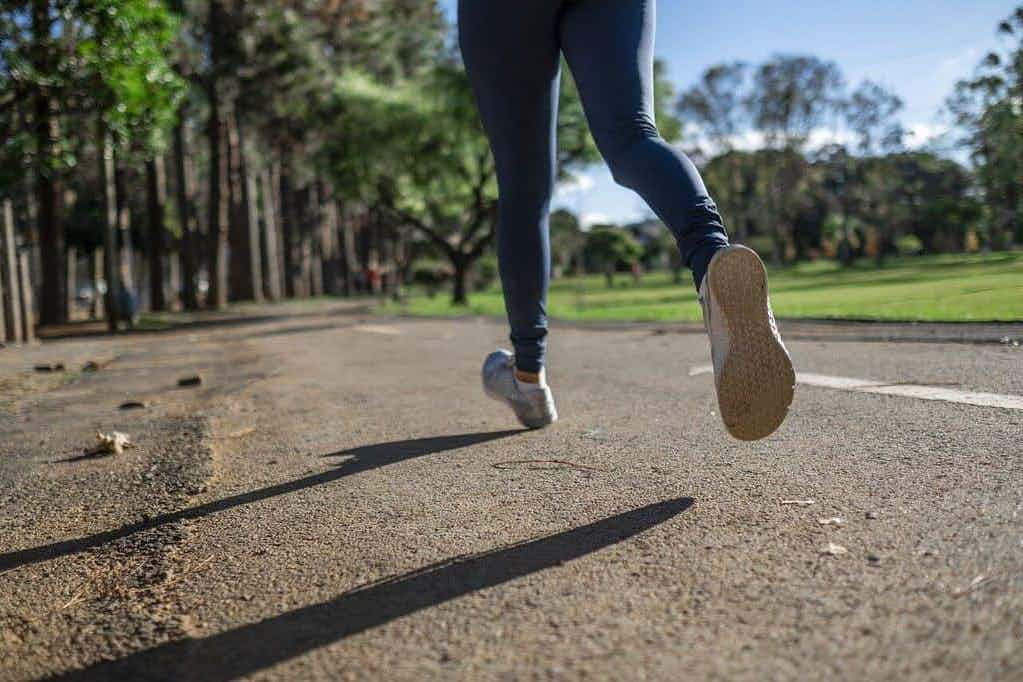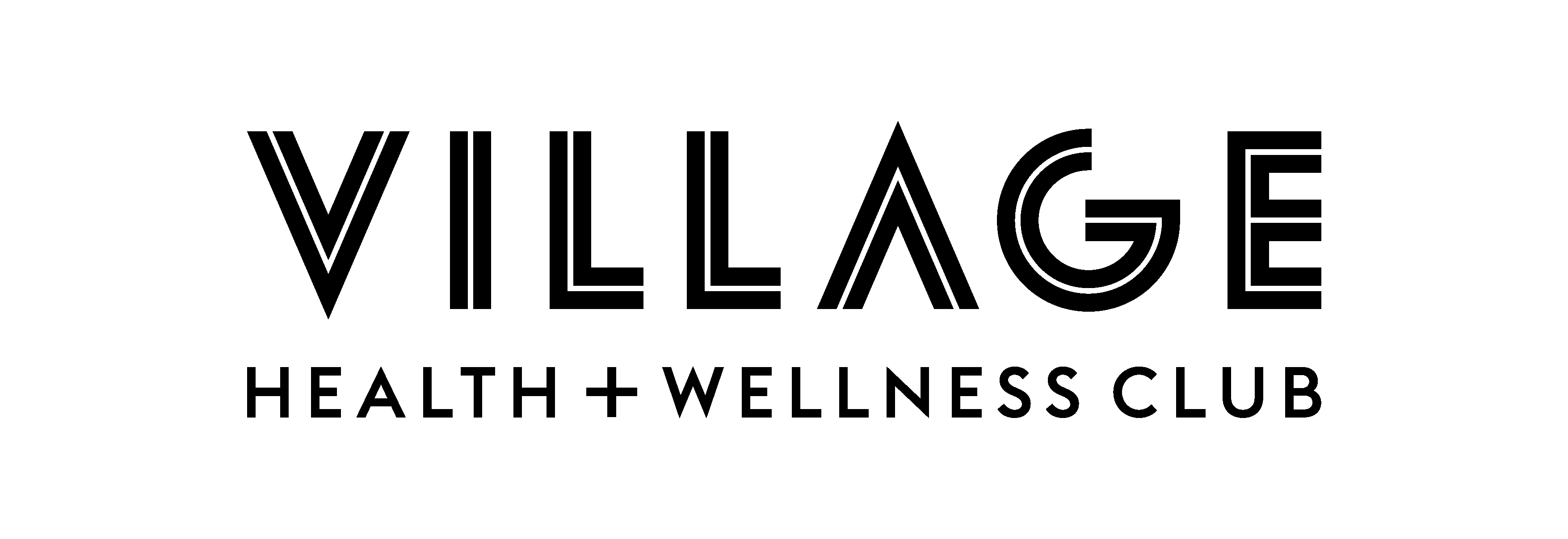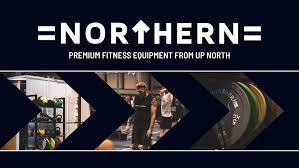Many of us probably failed to complete our 2021 resolutions. Fate had other ideas. That does not mean that you shouldn't consider creating some New Year’s resolutions for 2022 though. In this article, we'll look at seven New Year's resolutions for your fitness.
Ready to transform your life? Whether you're looking for a new pair of running shoes or some shiny home gym equipment, you can find everything you need to fuel your fitness journey with our partner brands.
How to choose a New Year’s resolution
This article contains seven new year’s resolutions, but we are not suggesting you pick all seven. You may want to pick two or three, but most people will be happy enough with just one resolution.
Ambition can be the enemy of success, with many people getting overwhelmed by the scale of their commitments. Each resolution on this list is realistic, challenging, and useful. They'll allow you to see good results in as little as a few weeks.
Resolution #1: 10 push-ups
Depending on your current fitness levels, the idea of performing ten push-ups either seems impossible or way too easy. However, we're going to assume that most people reading this would struggle to perform three push-ups in a row!
Being able to perform ten push-ups is a fantastic way to prove your fitness, and there are many benefits to training to do so.
How long it takes will depend on your current fitness levels. If you can currently perform eight push-ups, then hitting ten could only take a week or two. Consider a more challenging target if so.
Just ensure that your current push-ups are of high quality. You want your chest almost to be touching the ground during each rep.
If you can only manage three push-ups, then give yourself a month to hit ten push-ups in a row. If you can't perform any push-ups, then give yourself three months.
How to achieve your goal
First, you need to know how to perform a full push up (chest almost touching the ground for each rep), a knee push up, and a box push up.
A knee push up is performed like a regular push up. But, instead of having your legs straight and raised off the ground. You place your knees on the floor and raise your feet in the air. This ensures that you are lifting less of your body weight for each rep, making the exercise a lot easier.
A box push up is the same as a knee push up, but instead of having your feet in the air, you have your feet on the floor. This means you are lifting even less of your body weight, making the exercise even easier.
Your goal is to perform ten push-ups in a row. Start in the regular push up position and perform as many reps as possible (with perfect form). Let's say you manage three. Once you've hit your third rep, lower your knees to the floor and keep going with as many knee push-ups as you can. Drop to box push-ups if you need to.
The idea is that as the weeks progress, you'll be able to do more and more regular push-ups until you can hit 10 in a row.
Resolution #2: Learn to squat
Performing a bodyweight squat is something that everyone should be aiming to do. But few people can do it properly. A bodyweight squat requires you to keep your heels on the ground and get your thighs to be at least parallel with the floor, if not slightly further.
Check out this video of how to perform a bodyweight squat correctly.
See how the heels stick to the ground? How the chest is pushed out? These are things you need to learn and master. You can start off squatting onto a chair or bench. This will teach you how to get the movement right.
Once you’ve mastered that, you can progress to bodyweight squats.
Resolution #3: Walk 7,500 steps per day
You may have heard of the 10k steps per day challenge. This is the accepted daily steps you are supposed to be aiming for. The 10k steps per day target was made up by a Japanese marketing company in the 1960s. It has no basis in fact.
It’s quite a ridiculous target really, far more than you need to walk to see benefits. You would probably be better off aiming for a more reasonable target. 7,500 steps per day is the most effective target for older men and women. Still, anything above 4,400 steps is going to be hugely beneficial.
Resolution #4: Take up a sport
Sport is often seen as a young person's pastime, something not suitable for anyone over 60. This couldn't be further from the truth. Loads of sports are suitable for all ages.
Walking football, badminton, ten pin bowling, golf, table tennis, even snooker. These are all sports that can be performed well into your 80s and even your 90s, depending on your mobility.
Sport will improve your fitness, improve your coordination, improve your mobility, but it will also help improve your social skills. Participating in a sport can help with communication, cooperation, and allow you to interact with people you might not meet outside of the sport.
Resolution #5: Learn to plank
The abdominal plank is a superb exercise for strengthening your core muscles, and the older you get, the more useful that can be.
The standard plank is very challenging, but luckily there is an easier version. All you have to do is start in a standard push up position, with hands shoulder-width apart and feet together. Pull your shoulders back, raise your hips, and squeeze your abs tight.
Hold this position for 30 seconds, squeezing all your muscles simultaneously, then relax. Repeat this 4-5 times. Once it starts to get easy, increase the difficulty by lowering your arms so that your forearms are resting on the floor. This is a standard plank and is much more challenging.
Resolution #6: Get into the gym
Gyms are fantastic places to exercise as you age. Resistance machines are excellent as they are safe to use, and simple to learn. Gyms employ fitness instructors who can teach you how to perform the exercises correctly. Alternatively, hire a personal trainer for 1-1 care if you can afford it.
Gyms are similar to sports in that they also help to improve your social life. Furthermore, many people find using resistance machines or free weights to be quite enjoyable.
Resolution #7: Build your cardiovascular fitness
This final resolution is a perfect one to end with. Improving your cardiovascular fitness can have several health benefits as you age. These include reducing your risk of heart disease, stroke, and metabolic diseases such as diabetes.
Two to three times per week, you should look to perform 30 minutes of strenuous cardio. You may need a few weeks to work up to this. Climbing on an exercise bike, going for a swim, or using a Cross Trainer are all excellent ways to improve your cardio without increasing your risk of injury.
If you’re experiencing pain or exhibiting other symptoms during or after exercise, you should stop what you’re doing and seek medical attention.
With Scan.com, you can take action quickly and put your mind at ease.
Choose from 10 scan types at over 250 clinics nationwide and get the answers you need so you can continue looking after your health.
Visit Scan.com now to learn how it works and book your scan.









